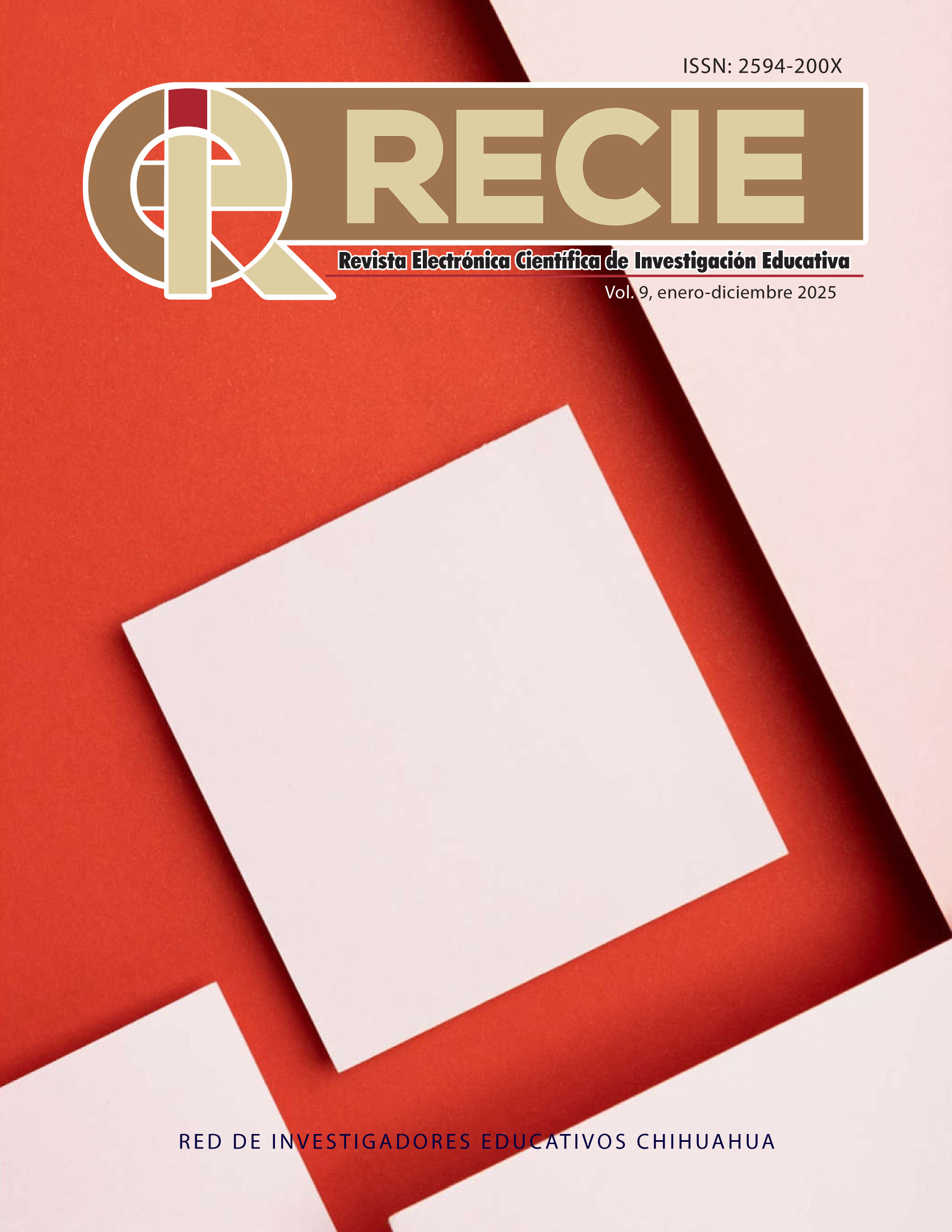An approach to the subjective dimension of linguistic identity in Maya language students
Published 2025-01-31
Keywords
- estudiantes,
- identidad lingüística,
- lenguas,
- lengua maya
- students,
- linguistic identity,
- languages,
- Maya language
How to Cite
Copyright (c) 2025

This work is licensed under a Creative Commons Attribution-NonCommercial 4.0 International License.
Abstract
The objective of this study is to explore the subjective dimension of linguistic identity among a group of students learning the Maya language (Maaya, Maayat’aan, Yucatec Maya, Peninsular Maya). We assume that the language learning process significantly impacts individual linguistic identity. The notion of linguistic identity allows us to grasp the connection between individuals and the languages they know, facilitating processes of identification (with the language(s) and its speakers) and distinction. We recognize three dimensions of linguistic identity: Subjective, related to personal perception and experiences; Intersubjective, involving interaction with members of one or more linguistic communities; Agential, linked to the capacity for action in and for the language, particularly relevant for minority languages such as Maya. To capture the subjective dimension, we employed three methodological tools: Linguistic portraits, linguistic trajectory graphs, and linguistic fragments. Our goal is to highlight the subjective experiences of learning the Maya language, including personal experiences, emotions, and reflective processes. Preliminary results regarding this first dimension reveal students’ subjective representations of the Maya language, including its relationship with dominant languages (such as Spanish and English), the motivations driving their learning, the challenges they face, and the significant moments that integrate the language into their personal identity.
References
- Busch, B. (2018). The language portrait in multilingualism research: Theoretical and methodological considerations. Working Papers in Urban Language & Literacies, 236, 1-13. https://heteroglossia.net/fileadmin/user_upload/publication/busch18._The_language_portrait_copy.pdf
- Campos, I., Colón, M., y Tabernero, R. (2023). El aprendizaje de aragonés en la vida adulta. Un estudio cualitativo sobre las representaciones del alumnado. Prensas de la Universidad de Zaragoza.
- Corral, F., Pérez, I., e Investigación y Educación Popular Autogestiva (2021). La infancia cuenta en Yucatán 2021. Red por los Derechos de la Infancia/W. G. Kellogg Foundation.
- Cruz, I. (2022). Los bilingües LOE y los bilingües ELE. Reflexiones sobre un trato desigual en México. Verbum et Lingua, (19), 116-136.
- Chan, I. (2021, ene. 26). En Yucatán disminuye la población mayahablante: Inegi. La Jornada Maya. https://www.lajornadamaya.mx/yucatan/54103/en-yucatan-disminuye-la-poblacion-mayahablante-inegi
- Choi, J., y Slaughter, Y. (2021). Challenging discourses of deficit: Understanding the vibrancy and complexity of multilingualism through language trajectory grids. Language Teaching Research, 25(1), 81-104. https://doi.org/10.1177/132168820938835
- Giménez, G. (2003). La cultura como identidad y la identidad como cultura. http://perio.unlp.edu.ar/teorias2/textos/articulos/gimenez.pdf
- Martin, K. (2021). Linguistic identity: Tracing the relationship between language and identity [Ponencia]. Cave Hill Philosophy Symposium (CHiPS). University of the West Indies, Cave Hill. https://www.cavehill.uwi.edu/fhe/histphil/conferences/cave-hill-philosophy-symposium-(chips)/past-conferences/2021-conference/documents/papers/martinlinguistic-identitychips.aspx
- Panikkar, R. (2006). Decálogo: cultura e interculturalidad. Cuadernos Interculturales, 4(6), 129-130. http://www.redalyc.org/articulo.oa?id=55200607
- Ramallo, F. (2020). Neofalantismo y el sujeto neohablante. En L. M. Rojo y J. Pujolar Cos (coords.), Claves para entender el multilinguüismo contemporáneo (pp. 229-265). UOC/Universidad de Zaragoza.
- Riaño, P. (2000). Recuerdos metodológicos: el taller y la investigación entográfica. Estudios sobre las Culturas Contemporáneas, 5(10), 143-168.
- Sidorova, K., y Ramírez, M. (2024). Actitudes lingüísticas hacia la lengua maya: caso de estudiantes de comunicación en Yucatán. Revista de Educación, (33), 199-231.
- Sima, E. (2011). Actitudes de monolingües de español hacia la maya y sus hablantes en Mérida. Ketzalcalli, (2), 61-80.
- Sima, E., y Perales, M. D. (2015). Actitudes lingüísticas hacia la lengua maya y la elección del aprendizaje de un idioma en un sector de población joven en la ciudad de Mérida. Península, 10(1), 121-144.
- Walsh, K. (2009). Hacia una comprensión de la interculturalidad. Tukari, (11), 6-7.


